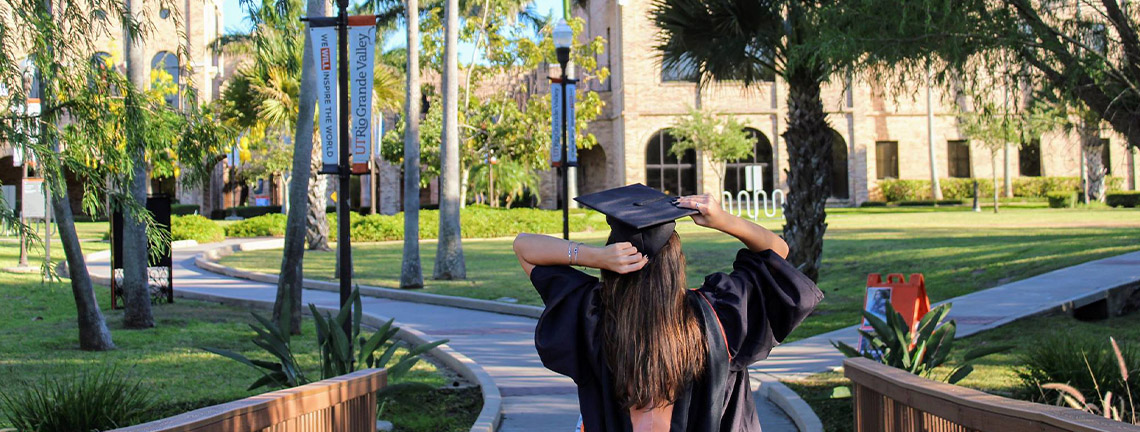
Theses and Dissertations
Date of Award
12-2018
Document Type
Thesis
Degree Name
Master of Science (MS)
Department
Mechanical Engineering
First Advisor
Dr. Dumitru I. Caruntu
Second Advisor
Dr. Robert Freeman
Third Advisor
Dr. Dorina M. Chipara
Abstract
A two-dimensional inverse dynamics anatomical model of the human knee was developed by aligning anatomical structures of the knee (taken from x-rays) with kinematic experimental data (collected from motion capture cameras). The mathematical model was used to study the forces related to the tibiofemoral and patellofemoral joints during the squat and knee extension exercises. Forces calculated by the model included: tibiofemoral contact force, patellofemoral contact force, forces generated by cruciate ligaments, quadriceps force, and patellar tendon force. Bone alignment consisted of superimposing the geometric center of the lateral femoral condyle (from x-rays) with the relative instantaneous center of rotation of the shin with respect to a body-fixed coordinate system on thigh (from kinematic experimental data) during minimum flexion. After aligning the bones, the tibia was fixed to the body-fixed coordinate system on shin and the femur was fixed to the body-fixed coordinate system on thigh. A geometric approach was taken to estimate the motion of patella. The cruciate ligaments were modeled as nonlinear elastic springs. The tibiofemoral and patellofemoral contact forces were calculated by multiplying a scalar factor with the bone overlapping area. Lastly, the forces generated by the quadriceps and the patellar tendon were calculated by solving Newton’s second law for patella.
Recommended Citation
Salinas, J. M. (2018). Aligning Anatomical Knee Model with Kinematic Experimental Data to Investigate Squat Exercise [Master's thesis, The University of Texas Rio Grande Valley]. ScholarWorks @ UTRGV. https://scholarworks.utrgv.edu/etd/384


Comments
Copyright 2018 Jose Mario Salinas. All Rights Reserved.
https://www.proquest.com/dissertations-theses/aligning-anatomical-knee-model-with-kinematic/docview/2177357473/se-2?accountid=7119